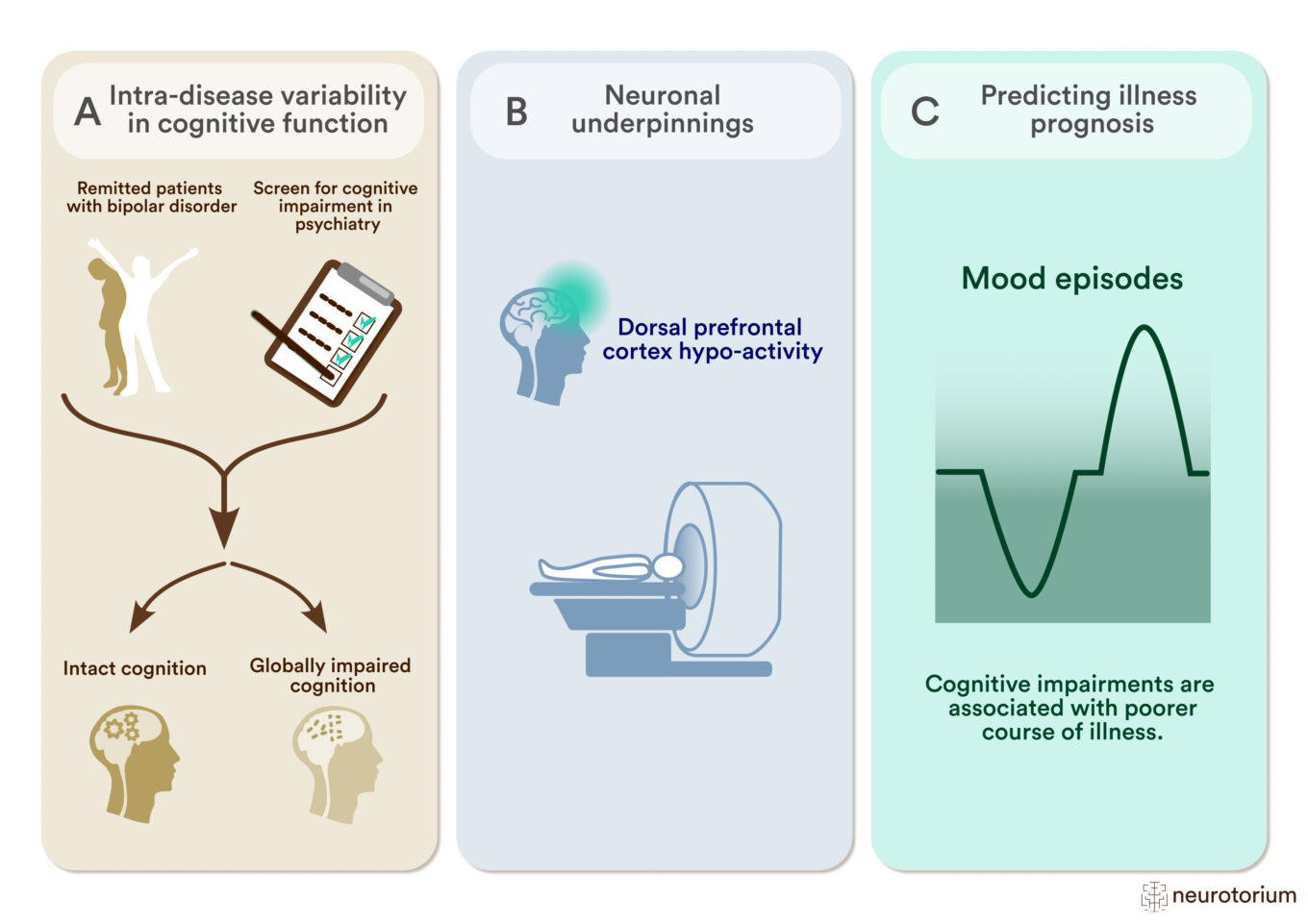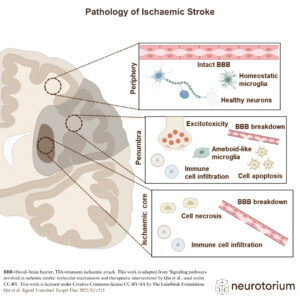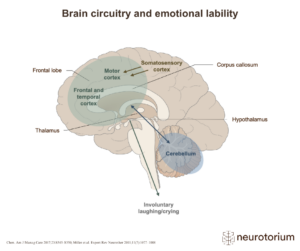A) To study intra-disease variability in cognitive function, researchers employ data-driven clustering methods to differentiate patients with widespread cognitive abnormalities from patients who are cognitively intact.
(B) Comparing the patient subgroups in working memory-related neural activity during functional magnetic resonance imaging (fMRI) shows hypo-activity within the dorsal prefrontal cortex (dPFC) in cognitively impaired patients.1
(C) Cognitive impairment and associated neuronal abnormalities correlate with features of poorer illness course (mood episodes, hospitalizations) and help to predict illness prognosis.2,3,4.





